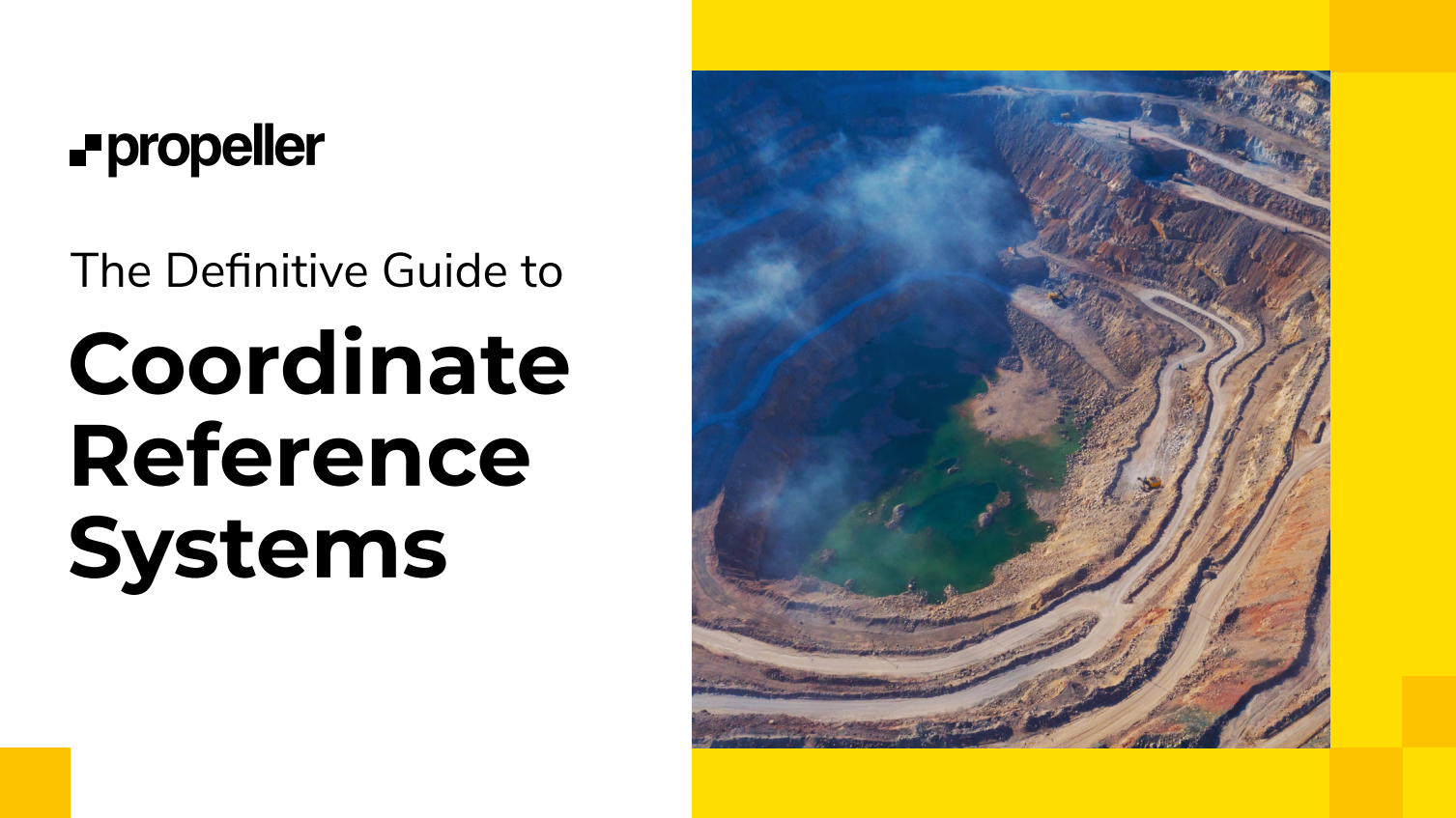Propeller Aerobotics Pty Ltd // 3360 Walnut St, Denver CO 80205
The Definitive Guide to Coordinate Reference Systems
Coordinate Reference Systems (CRS) can be complicated to understand, even for veteran surveyors. Take understanding the difference between ellipsoids, geoids, and geodetic datums, for example. Just considering those concepts can feel daunting, right?
The truth is, you can absolutely gain a firm grasp on the key concepts of CRS. How? This guide is a great first step!
Fill in the form to get
your report:
Fill in the form to get
your report:
Learn the key concepts of CRS to gain the full benefits of this data

Learn the key concepts of CRS to gain the full benefits of this data
Complex topics, like CRS, can feel like a huge weight on your shoulders to understand. However, gaining that knowledge can provide huge benefits to your professional life.
This guide to CRS discusses, in plain language, some of the basic concepts of coordinate reference systems, including:
- What are coordinate reference systems and why we need them
- Geographic versus projected coordinate reference systems
- The problem with projecting 3D surfaces onto 2D maps
- How we use ellipsoids and geoids
- Using vertical datums to calculate elevation
- Why surveyors prefer local coordinate systems
Plus, we highlight some great resources and tools to help you along the way, like our Coordinates Converter tool! So, if you’re ready to take that first step toward CRS mastery, start with this guide.